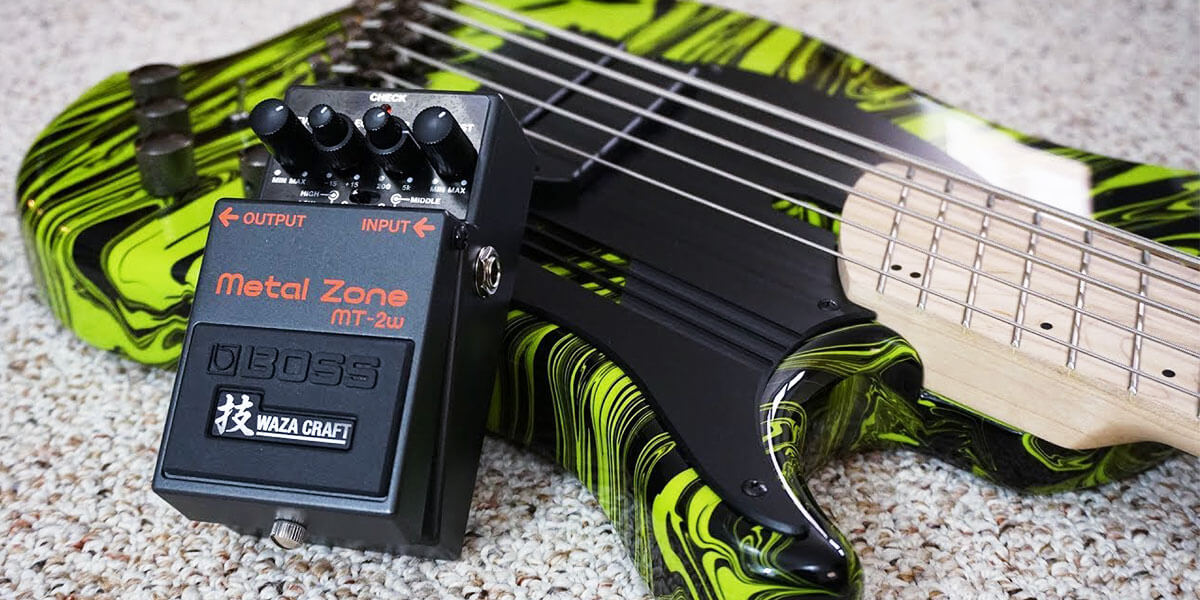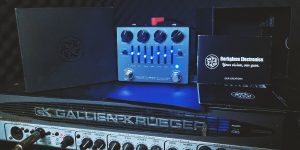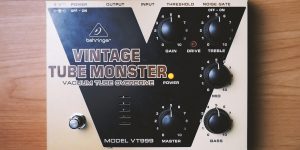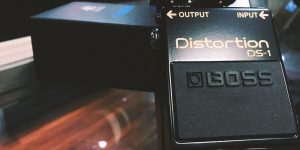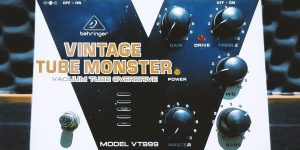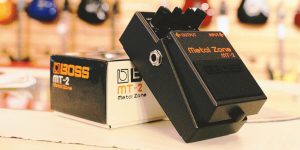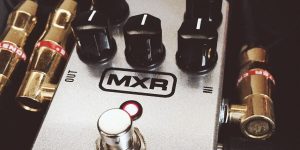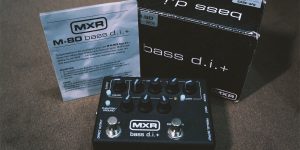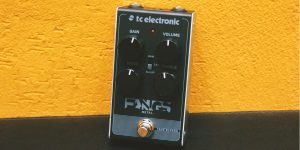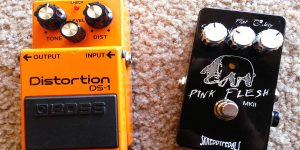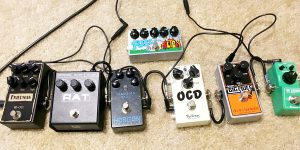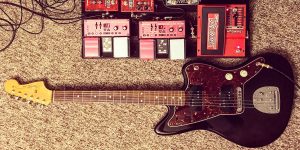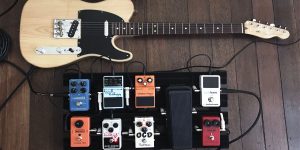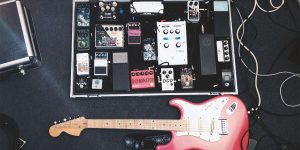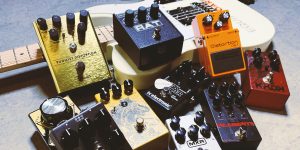Have you ever wondered, “Can you use guitar pedals for bass”? While these devices are primarily designed for standard guitars, the answer is a resounding yes. You can certainly incorporate them into your effects chain when paired with a bass.
Some of the popular guitar pedals frequently used with bass include octave, fuzz, envelope filters, modulation (like chorus and phaser), and time-based effects such as reverb and delays. Let’s delve into how and why this works, and perhaps you’ll discover a new sound you hadn’t considered before.
The main differences between guitar and bass pedals
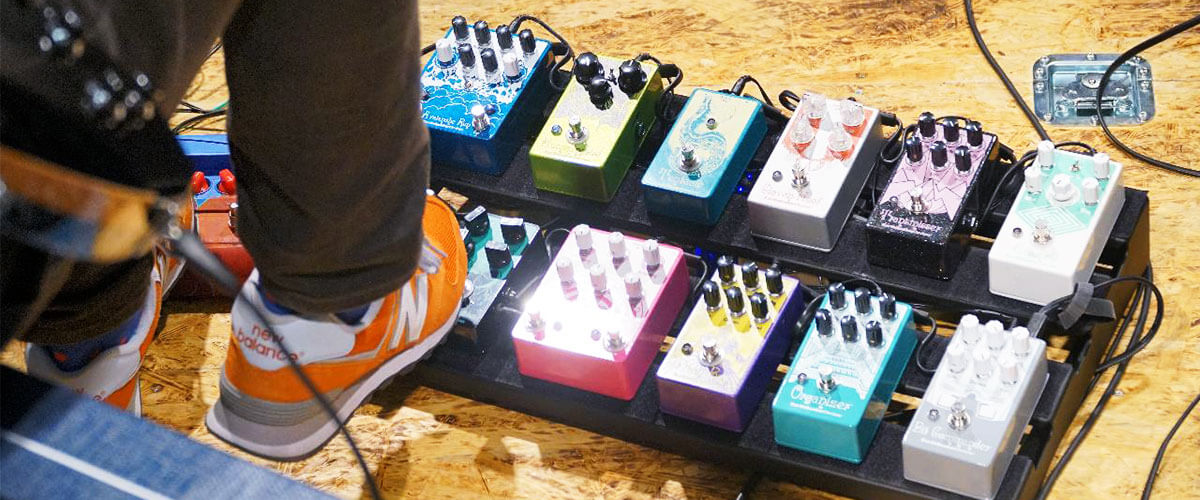
Understanding the distinctions between guitar and bass pedals is vital for achieving the desired tone. That’s why I want to provide a table description of their main differences:
| Frequency characteristics | Electronic component | |
| Guitar pedals | They are often designed for mid to high frequencies, making them perfect for regular guitars. This means when used with a bass guitar, deeper bass tones might get overshadowed or even completely lost. | The components within these pedals are often optimized for a high-frequency range, which may not always be suitable for bass guitars. |
| Bass pedals | Specifically crafted for the low-frequency range of bass guitars, emphasizing the deep tones and ensuring a richer sound. | The components inside, such as capacitors and resistors, are selected to accentuate and underscore the depth of bass frequencies. They provide a profound resonance and detailed low-frequency reproduction, which is absent in regular guitar pedals. |
Pros of using guitar pedals for bass
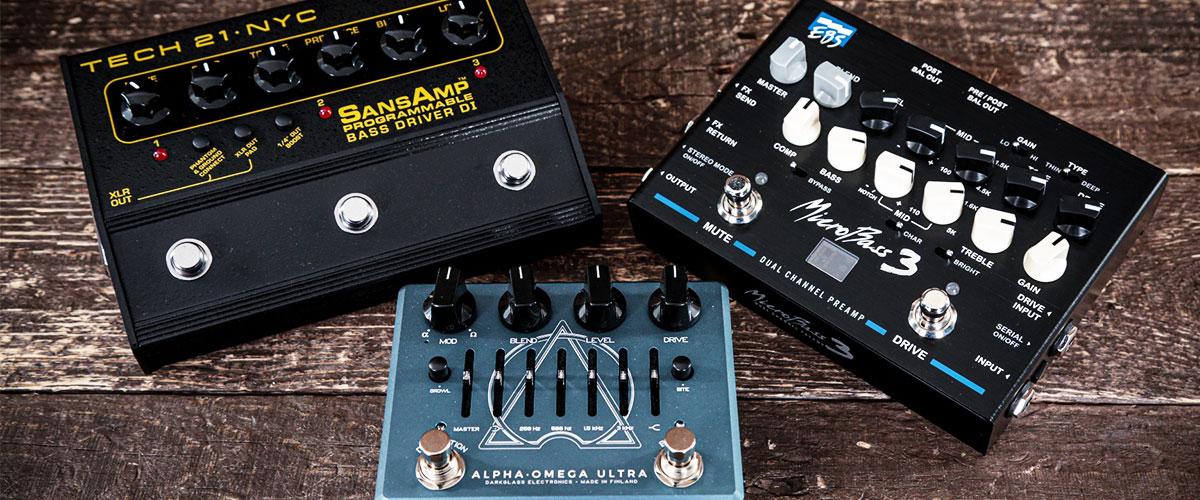
Venturing into the realm of guitar pedals with a bass can lead to unique sonic territories. Here are the main advantages and illustrative examples:
- Unique tonal possibilities:
- Overdrive pedals: While bass-specific overdrives maintain low frequencies, using a guitar overdrive like the Ibanez Tube Screamer can provide a grittier texture, bringing mid-range frequencies forward for a punchy, aggressive tone.
- Delay pedals: A guitar delay, such as the Boss DD-7, can introduce novel atmospheric layers to the bass sound, creating an expansive soundscape.
- Modulation pedals: Guitar choruses or phasers, like the MXR Phase 90, can add a shimmering or swirling dimension, transforming the traditional bass backdrop into a lead instrument role.
- Cost and availability:
- Wider selection: Guitar pedals, due to their popularity, come in a more extensive range of models and brands, giving bass players more options to experiment with.
- Cost-effective: Often, guitar pedals can be found at lower price points compared to their bass-specific counterparts, making them a budget-friendly choice for those looking to expand their tonal palette without breaking the bank.
Exploring guitar pedals on bass can unlock fresh and unexpected sounds, offering both sonic innovation and potential cost savings.
Cons of using guitar pedals for bass
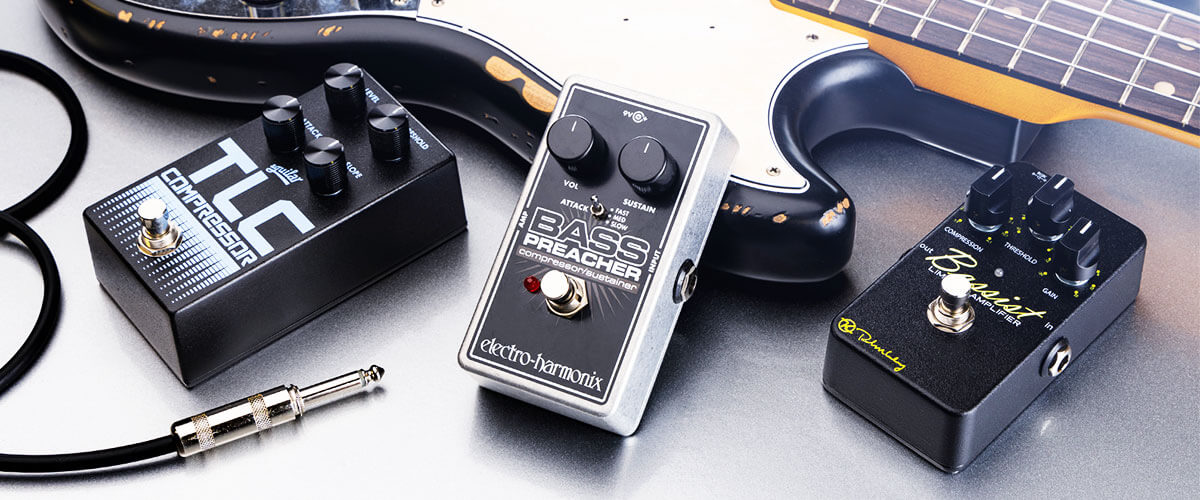
While guitar pedals can bring innovation to bass tones, there are some potential pitfalls to be aware of. Here’s a look at the challenges and illustrative examples:
- Loss of low-end definition:
- Fuzz pedals: A guitar fuzz like the Big Muff Pi, when used with bass, can result in a muddied sound, stripping away the bass’s fundamental low-end clarity.
- Wah pedals: Many guitar wahs, such as the Cry Baby, might reduce the low frequencies significantly when engaged, causing the bass to lose its foundational character.
- Unwanted noise and distortions:
- Distortion pedals: A guitar distortion, like the Pro Co RAT, can generate excessive noise when paired with the naturally loud output of a bass, leading to a less refined sound.
- Handling high output levels:
- Compressor pedals: Guitar-focused compressors, such as the Dyna Comp, might struggle with the stronger output signals of bass guitars, leading to potential clipping or unwanted tonal artifacts.
It’s important to be aware of these challenges when blending guitar pedals into a bass setup, ensuring that the desired sound is achieved without compromising the instrument’s natural attributes.
Tips for using guitar pedals with bass
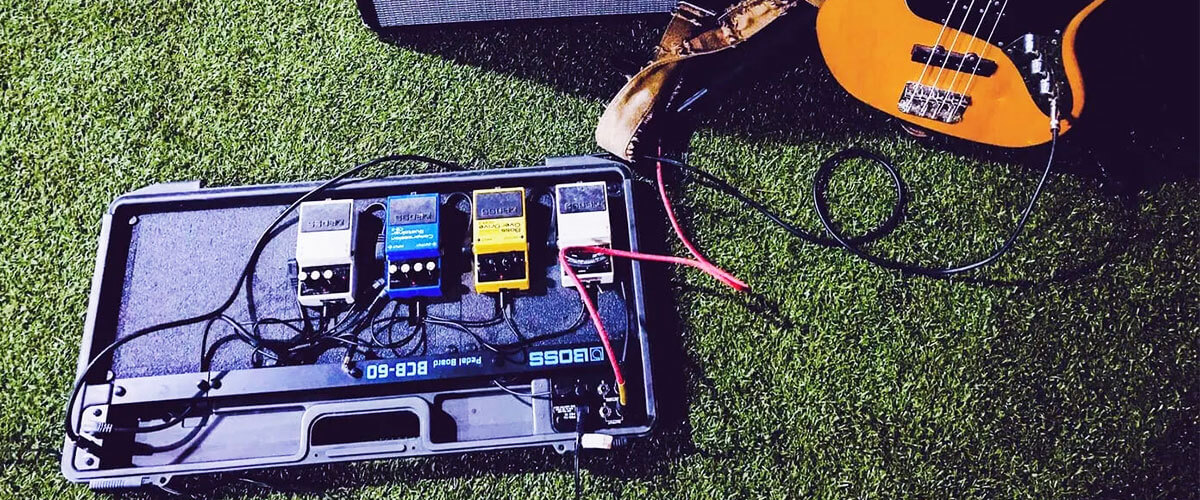
Merging the worlds of guitar pedals and bass can be exciting, but there are certain subtleties and nuances to consider. That is why pay attention to my recommendations, which guarantee an organic combination of these components:
- Start smoothly: Always begin at a low volume. This helps protect both the pedal and the amplifier from potential damage due to the bass’s stronger output.
- EQ to the rescue: If you find that a guitar pedal has diminished some of your bass’s low frequencies, consider adding an EQ pedal to the chain afterward. This allows you to tweak the frequency balance and recover any lost low-end.
- Experiment: Not every pedal will resonate with your desired tone or expectations. That’s okay. Music is a journey, and experimentation is a part of the way. Some pedals might surprise you pleasantly, while others might not live up to the hype.
- Trust your ears: While advice and reviews are helpful, your ears are the ultimate judge. Sometimes, the most unconventional choices lead to the richest sonic outcomes. Dive in, test, adjust, and rediscover your sound.
Remember, there’s no definitive right or wrong here – it’s all about finding what resonates with you and your musical expression.

